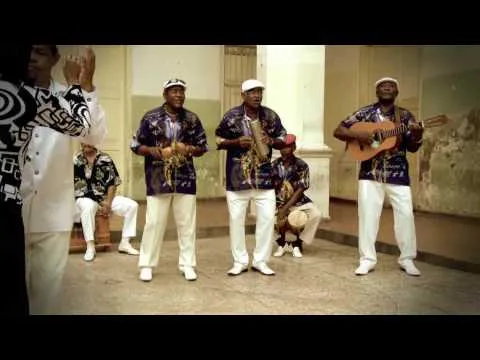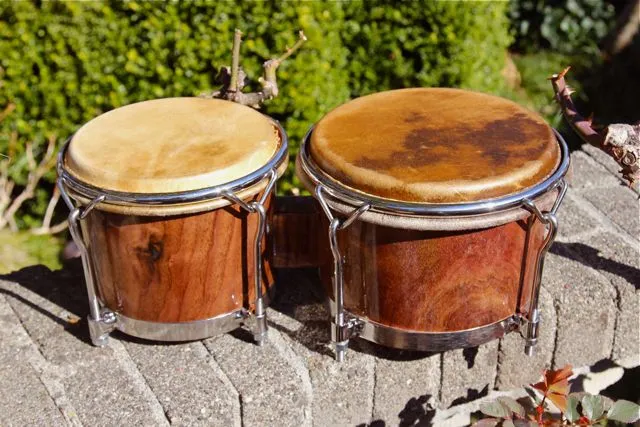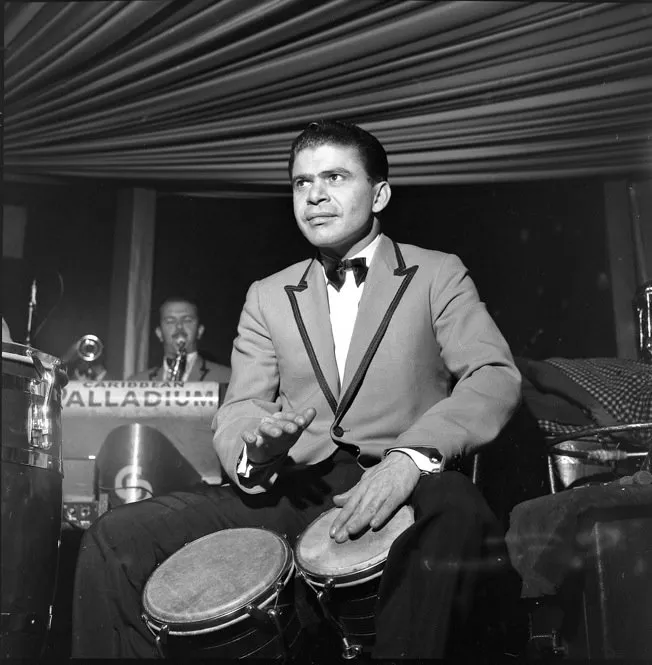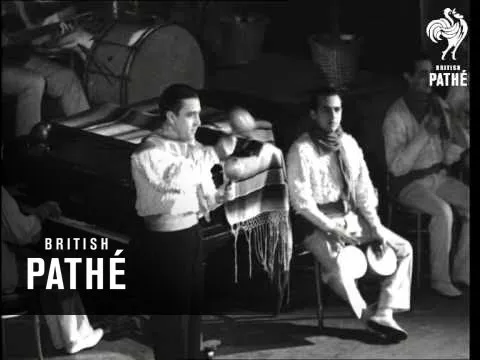In my previous post I've described why I decided to learn how to play the bongo's. In this post I want to give a road map for those who might be interested in learning how to play the instrument, or those who just want to learn a little more about them.
The bongo's originated in the Oriente Provice in the east of Cuba. They are most probably an evolution from Central African drums (Congo, Bantu), brought to Cuba because of slave trafficking. It is said that the concept of the drums (the wood, the skin, the open bottom) is African, but that the attachment of the two drums first happened in Cuba. The development of the bongo as well as the style of playing went hand in hand with the development of the Son music genre, it's predecessor Changüí and other regional genres like Nengón and Kiribá.

The bongo's used in Changüí are larger and lower tuned. They usually don't have the tunable hardware.
With the popularization of the Son ensembles in the 1920s, more percussionists became interested in playing the bongo's. It was the first african instrument welcomed in Cuban societies. Bongo players were started to be called bongoseros. In the 30's, the playing got more refined and virtuosic. It was also at this time that the Conga drum was incorporated into the Son ensembles, and the bongosero was also given the role to play the Capana, or the bongo bell in addition to the bongo's.
In the late 40s, more and more Afro-Cuban musicians left to the United States, taking their musical knowledge (and their percussion instruments) with them. This is how Afro Cuban music merged with the mainly Peurto Rican Latin scene, and with the New York Jazz scene. Bongo's also gained in popularity in the 50's and 60's because of adaptation of the beat generation. They used them to accompanie in performances of singers and poets. Later on bongo's spreaded even further, and although they are still an underrated instrument, they can now be found in all sorts of genres like salsa, rock, hip-hop and electronic dance music.

Jack Costanzo, famous bongo player
The bongo's consists of two drums, the smaller one called the Macho, and the bigger one called the Hembra. The shells are usually made from oak, walnut, cedar, wild cherry or mahogany wood. Heads are made of mule, goat, cow or even kangaroo skin. Sometimes X-ray film is being used on the macho head, because of it's high pitched sound. Nowadays there is synthetic skin available, like Nu Skin and Fiber Skin. There are bongo's being hand made by artisans, but also by widely known percussion manufacturers.

Manito Solid Shell One Piece Black Walnut Bongos
The bongo's are usually played in a sitting position, but can also be played on a stand. In a sitting position, they are held between the knees, with the macho drum to the left, slightly higher than the hembra. The player is in a relaxed position, but with a straight back. The bongo's can be played by using mainly the index fingers, or tree or four fingers hold together. There is a whole variety of strokes used to produce different pitched sounds.

Vitin Gonzalez, bongosero
The basic pattern for the bongo played in Afro Cuban music styles is called the Martillo (hammer.) It's an eight note pattern that creates a groove and is played with lots of variations and improvisations. In the future I'm planning to make video's demonstrating how to play the bongo's, explaining the different sort of stokes, and how to play the Martillo. For now I'll leave you with some links and some book tips for further learning.
Some notable links:
Bongo Mania
The Rhythm Web bongo page
Pete Lockett bongo page (watch the video's):
Conga place bongo forum (browse the history):
Books you must read:
The Bongo Book, by Trevor Salloum
Progressive Steps to Bongo and Conga Drum Technique, by Ted Reed
The Essence of Afro-Cuban Percussion & Drum Set, by Ed Uribe
That's it, until next time!
